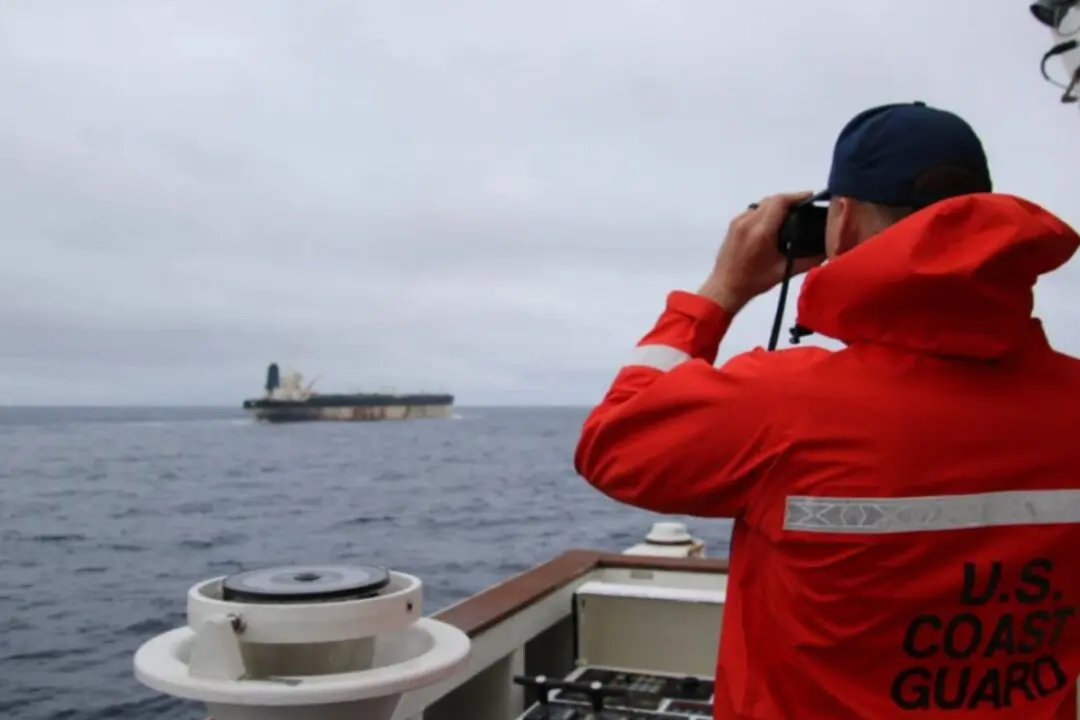Hurricane Florence is slated to make landfall sometime on Sept. 14, and there are a number of live surf cameras that show the real-time impact.
Hurricane Florence Live Video Web Cams: Track the Storm in North, South Carolina
Scroll down for live cams

Jack Phillips
Breaking News Reporter
|Updated:
Jack Phillips is a breaking news reporter who covers a range of topics, including politics, U.S., and health news. A father of two, Jack grew up in California's Central Valley. Follow him on X: https://twitter.com/jackphillips5
Author’s Selected Articles



